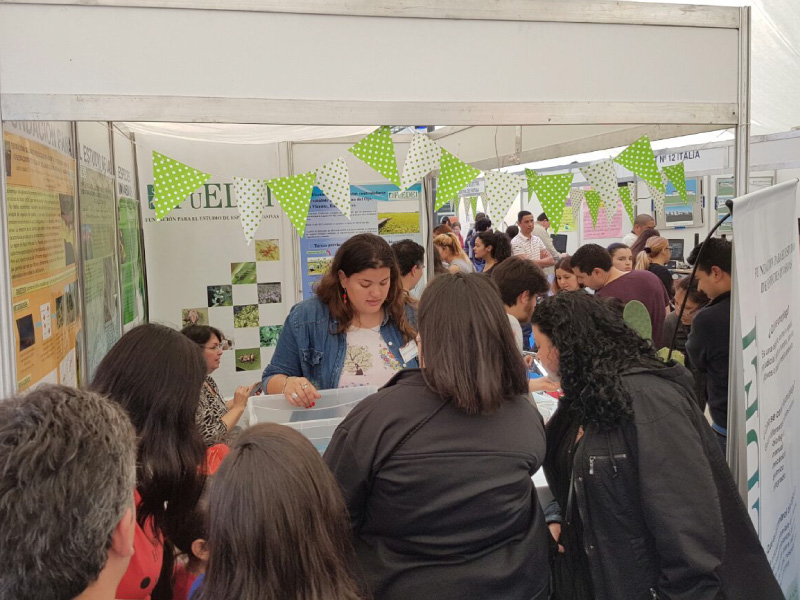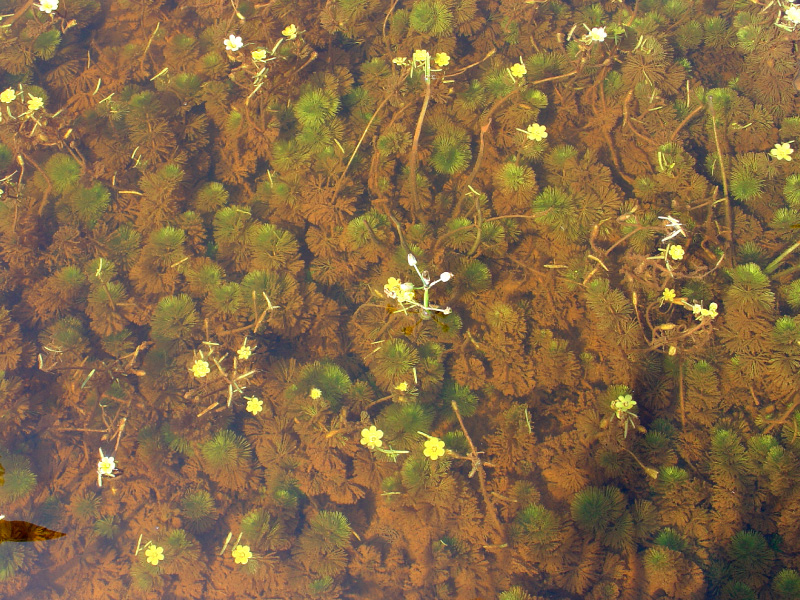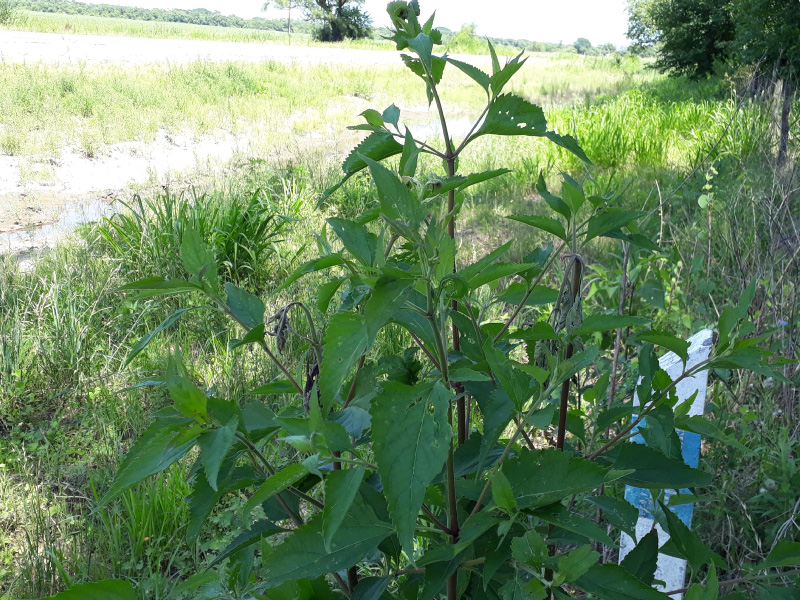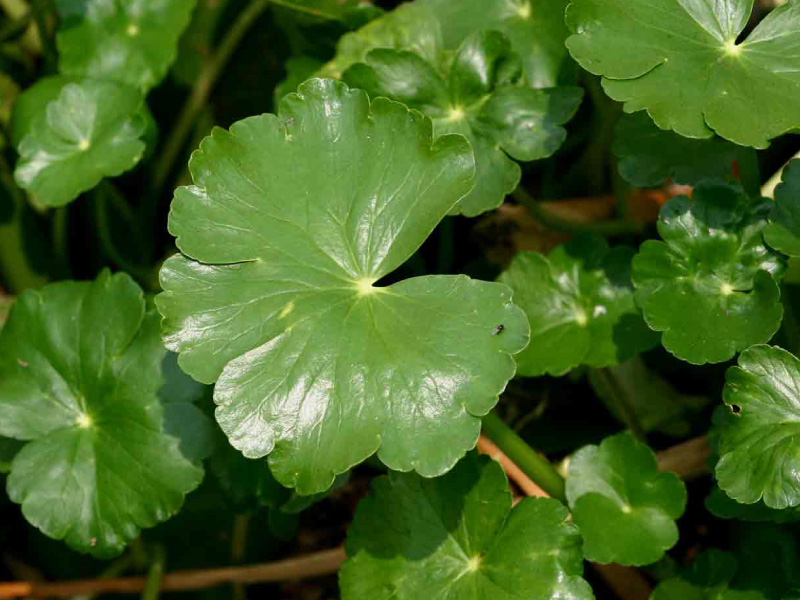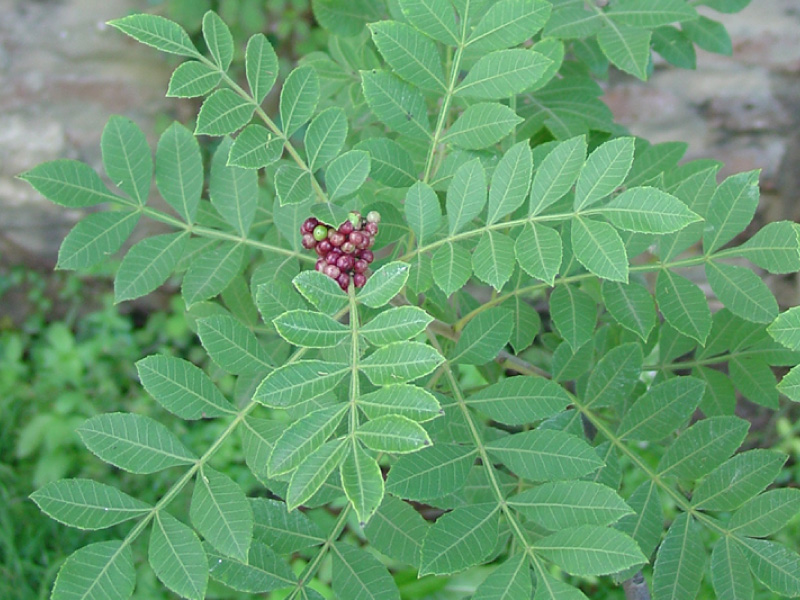22 Jun galeria de imagenes
[vc_row css_animation="" row_type="row" use_row_as_full_screen_section="no" type="full_width" angled_section="no" text_align="left" background_image_as_pattern="without_pattern"][vc_column][vc_gallery interval="3" images="1078,1082,1081,1080,1079,279" img_size="full"][/vc_column][/vc_row][vc_row css_animation="" row_type="row" use_row_as_full_screen_section="no" type="full_width" angled_section="no" text_align="left" background_image_as_pattern="without_pattern"][vc_column][vc_single_image image="1089" qode_css_animation=""][/vc_column][/vc_row]...


